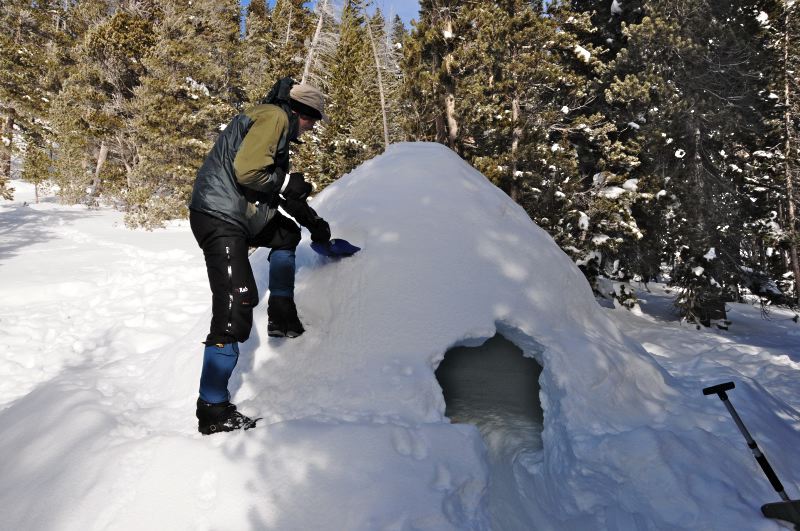hikingfish
New member
- Joined
- Feb 28, 2005
- Messages
- 498
- Reaction score
- 21
I was approximating volume as surface area (of, say, the outside) * thickness, which works for a straight wall or a thin enough shell.
Using your more precise formula for wall volume (what you called "total volume"; a math teacher would call it "shell volume"):
wall volume = 2/3*pi*(r+t)^3 - 2/3*pi*r^3
where r is the inner radius and t is the wall thickness
= 2/3 * Pi * ( r^3 + 3*r^2*t + 3*r*t^2 + t^3) - 2/3 * pi * r^3
= 2*pi*r^2t + 2*pi*r*t^2 + 2/3(pi * t^3)
Now compare that to the volume available in the cylinder under the inner radius r, if the snow depth is d:
available snow = pi * r^2 * d
As before, set available snow equal to wall volume. Also, out of laziness, write "p" for pi:
2p(r^2)t + 2prt^2 + (2/3)pt^3 = p(r^2)d
Cancelling is not as easy (I shouldn't have multiplied out, above), but we can get to:
2(r^2)t + 2rt^2 + (2/3)t^3 = (r^2)d
or
d = 2t + (2rt^2)/(r^2) + (2t^3)/(3r^2)
which, as I said, means d should be a bit more than 2t. How much more?
In any real-world igloo, we know that r is going to be, conservatively, at least ten times as big as t. (Example, nine-foot igloo, half-foot-thick walls, r is 18 times t.) Let's see what happens if we replace "r" with "10*t".
d = 2t + 2(10t)(t^2)/((10t)^2) + (2t^3)/(3(10t)^2)
= 2t + (20t^3)/(100t^2) + (2t^3)/300t^2
= 2t + (1/50)t + (1/150)t.
d = 2.026667 * t
In other words, the extra terms are pretty negligible; 2t was darn close. The bigger r is compared to t, the more negligible the extra terms are.
Wow! Very cool proof. It appears I was out-math'ed hehehe (not that it's hard to do lol). Sorry if I had to do the calculations a different way, I didn't quite understand what you were saying I guess.




